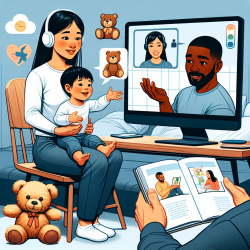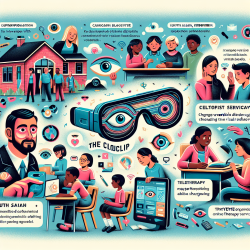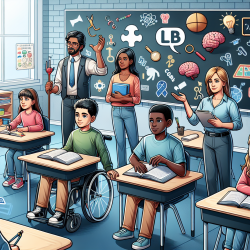Special education in Montana is guided by federal laws such as the Individuals with Disabilities Education Act (IDEA) and Section 504 of the Rehabilitation Act. These laws ensure that students with disabilities receive a Free Appropriate Public Education (FAPE) in the Least Restrictive Environment (LRE). Here's a quick guide to understanding these key concepts.
Understanding FAPE
Free Appropriate Public Education (FAPE) means special education and related services that:
- Are provided at public expense, under public supervision and direction, and without charge.
- Meet the standards of the Montana Office of Public Instruction (OPI) and Part B of the IDEA.
- Include appropriate preschool, elementary, or secondary education.
- Are provided in conformity with an Individualized Education Program (IEP).
Every student with a disability is entitled to FAPE in the least restrictive environment. The local education agency or district where the student resides is responsible for ensuring FAPE.
Least Restrictive Environment (LRE)
According to IDEA, all students with disabilities should be educated with their non-disabled peers to the maximum extent appropriate. LRE can include:
- General education classrooms.
- Special classes or separate schooling.
- Other settings if necessary, based on the student's needs.
The IEP team, including parents, determines the LRE annually based on the student's needs.
Transition Planning
Transition planning is crucial for young children moving from IDEA Part C (Early Intervention) to Part B (Preschool Special Education). Key steps include:
- Notification of potentially eligible children to the school district.
- Initial transition planning with the family.
- Scheduling and conducting a transition conference.
The transition plan should be included in the child’s Individualized Family Service Plan (IFSP) and reviewed regularly.
Child Find
Child Find is a legal requirement that schools identify, locate, and evaluate all children with disabilities. Activities include:
- Preschool screening activities.
- School-based pre-referral activities.
- Referral and evaluation processes.
Schools must ensure these activities are coordinated and effective in identifying students who may need special education services.
IEP vs. Section 504 Plan
If a student is eligible under IDEA, they must have an IEP. However, if they are also eligible under Section 504, the IEP can meet the requirements of a Section 504 plan. The IEP is more comprehensive and includes specific educational goals and services.For more detailed information, please follow this
link.










